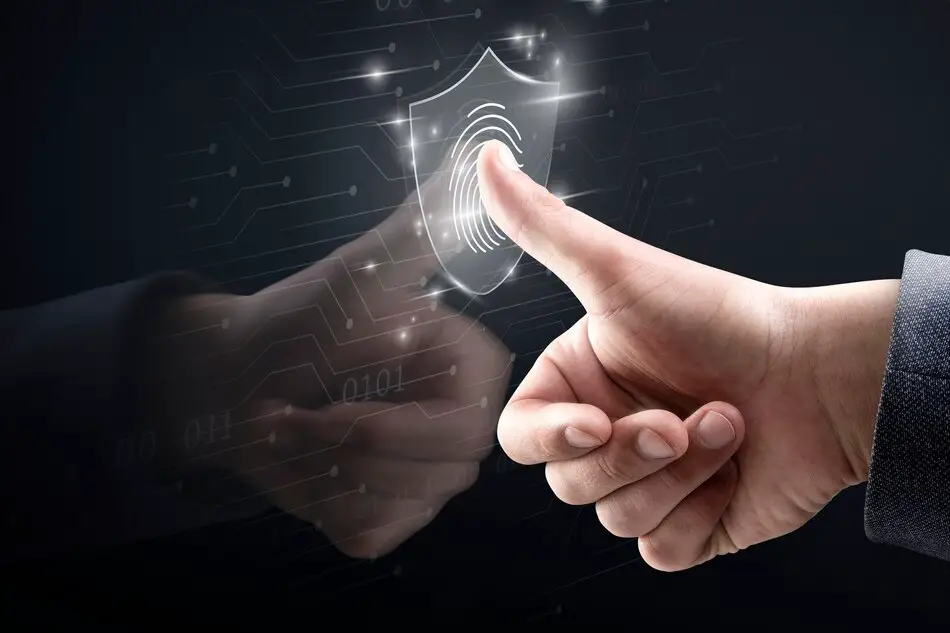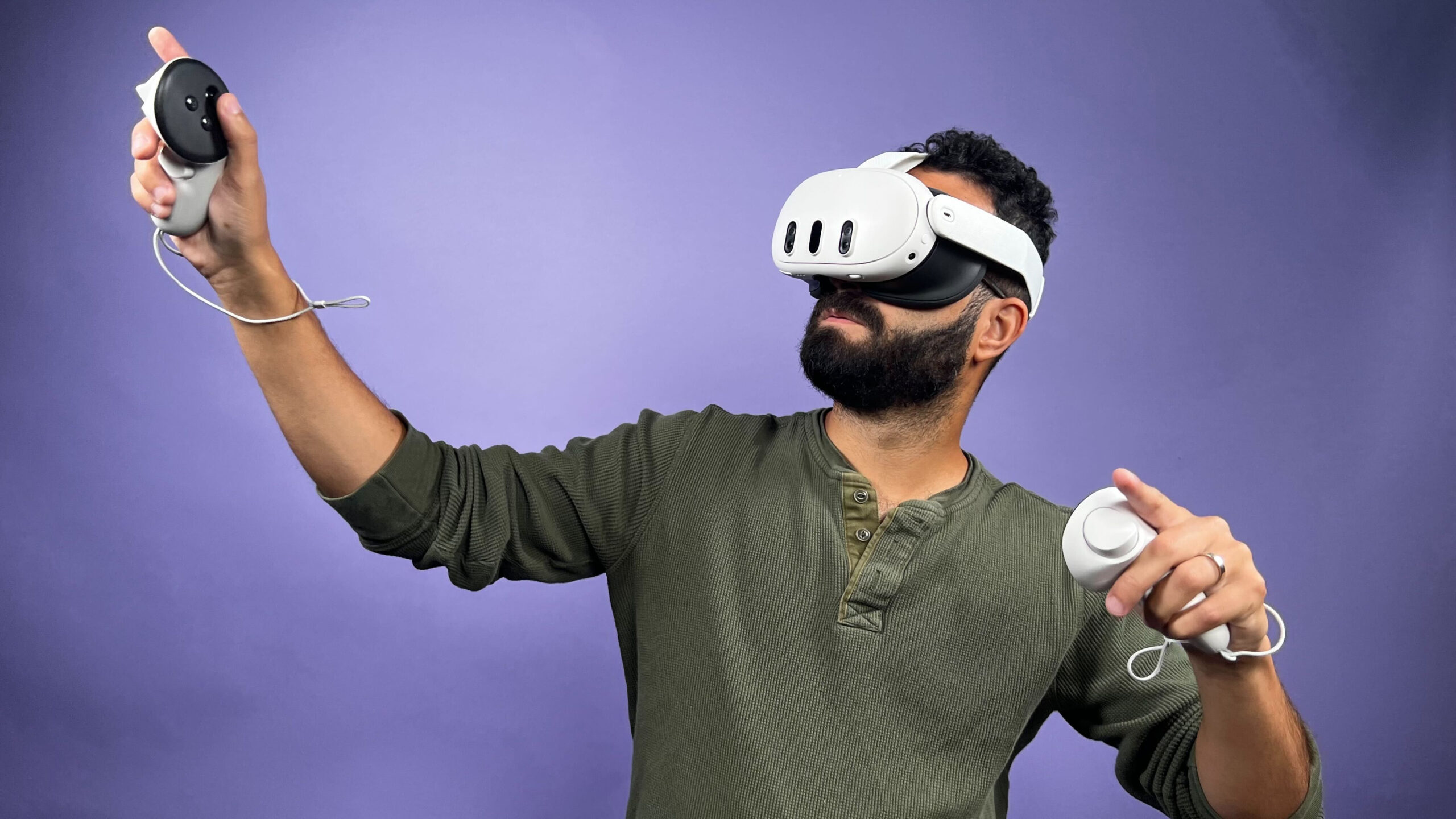In an age of digital security and consumer ease biometric technology is transformational. Biometrics protects against illegal access using unique biological qualities like fingerprints and facial features. Beyond security biometrics improves daily interactions like unlocking and corporate access management. As this technology advances personal identification verification will be safe and easy.
Biometric Authentication Redefining Security Standards
In today’s linked digital world passwords and PINs are more vulnerable to breaches and unwanted access. Biometric technology uses unique biological traits to validate IDs with remarkable precision and dependability.
Biometric authentication uses fingerprints, iris patterns, face features and voice recognition. Unlike passwords, biometric data is personal and hard to copy, improving security in banking, healthcare , government and consumer electronics.
Biometric systems improve security and user experience. Biometric authentication provides unmatched simplicity without sacrificing security by eliminating password management and identity theft.
Biometrics In Everyday Applications From Access Control To Personal Devices
Beyond security biometric technology is used in daily applications to improve productivity and user engagement across industries. Instead of keycards and access codes biometric access control solutions streamline corporate entrance management with fast contactless verification.
Smartphones and tablets with fingerprint scanners and face recognition technologies have changed how people use their digital habitats. This integration improves device security and personalized user experiences by changing settings and preferences based on authorized identities.
Biometrics are essential for patient identification and medical records administration, preventing manual data input mistakes and guaranteeing safe access to sensitive data. Transportation hubs use biometrics for passenger screening and border control speeding travel without sacrificing security.
Future Trends And Challenges Innovations In Biometric Technology
Bio metric technology will evolve to solve security issues and improve consumer comfort. Vein pattern identification and gait analysis will improve biometric accuracy and reliability in varied operational settings.
These advances raise issues about data privacy, biometric data ethics and the need for strict regulatory frameworks to protect user rights and enable responsible biometric system deployment. These issues must be addressed to build consumer and regulatory confidence in biometric technologies.
Biometrics In Financial Services Reinforcing Trust And Efficiency
Biometric technology has transformed financial services by improving security and efficiency. Banks and financial institutions use biometric authentication technologies like fingerprint scanning and face recognition to safely and quickly verify client identities. This reduces authentication delays and fraud, improving user experience and decreasing hazards associated with conventional PINs and passwords.
Biometric technologies integrate mobile banking ATM withdrawals and Internet transactions. Consumers enjoy rapid and dependable account access and increased security standards that protect their financial information. Biometrics helps financial institutions comply with regulatory obligations and improve operational efficiency by assuring rigorous identity verification systems that respect industry standards and client confidence.
Biometric liveness detection and multi modal authentication technologies will improve financial services’ biometric security in the future. These advances defend against sophisticated cyber attacks and meet the rising need for secure user friendly financial transactions in a digital age.
Biometrics In Healthcare Safeguarding Patient Information And Enhancing Care Delivery
Biometric technology revolutionizes healthcare by solving patient identity data security and operational efficiency issues. In hospitals and medical institutions biometric technologies identify patients accurately minimizing redundant medical records and improving services. Healthcare providers use biometric authentication to safeguard EHRs protecting sensitive patient data.
Biometrics improve productivity and reduce administrative demands on healthcare workers by streamlining patient check ins and drug dispensing. Reduced wait times increase patient experience and healthcare operational productivity.
Biometric technology secures patient data for medical trials and research beyond clinical uses. Biometrics enhances telemedicine and remote patient monitoring by enabling safe virtual patient provider interactions.
In the changing healthcare environment healthcare organizations are investigating new ways to use biometric data for predictive analytics and customized medicine to improve treatment results and patient satisfaction.
Biometrics in Government and Law Enforcement Strengthening National Security and Public Safety
Governments worldwide are using biometric technology to improve national security and public safety. Border control and immigration use biometric technologies to verify passengers’ IDs at airports and international crossings. Authorities may speed up security screenings while maintaining identity verification requirements using biometric identifiers like face recognition and iris scanning.
Biometric databases aid law enforcement in criminal identification and investigation. Biometric technology helps catch criminals and resolve cases by quickly and accurately matching fingerprints, face pictures and other biometric data against massive databases of known offenders.
Biometrics are critical for disaster response and emergency management when efficient and accurate identification is needed to coordinate rescue activities and help victims. Governments may streamline disaster relief operations and allocate resources by incorporating biometric systems into emergency response processes.
Biometric technologies such as real time biometric monitoring and improved privacy safeguards will change how governments and law enforcement organizations defend public security and individual rights. Biometric government and law enforcement technology will shape future security tactics and boost public confidence in government.
Conclusion
Biometric technology improves security and convenience in banking, healthcare , government and other industries. Biometrics enhances security and simplifies daily interactions using unique biological features for identification verification. Future biometric innovations promise additional integration and development creating a safer more connected society with secure and easy personal identification verification.




